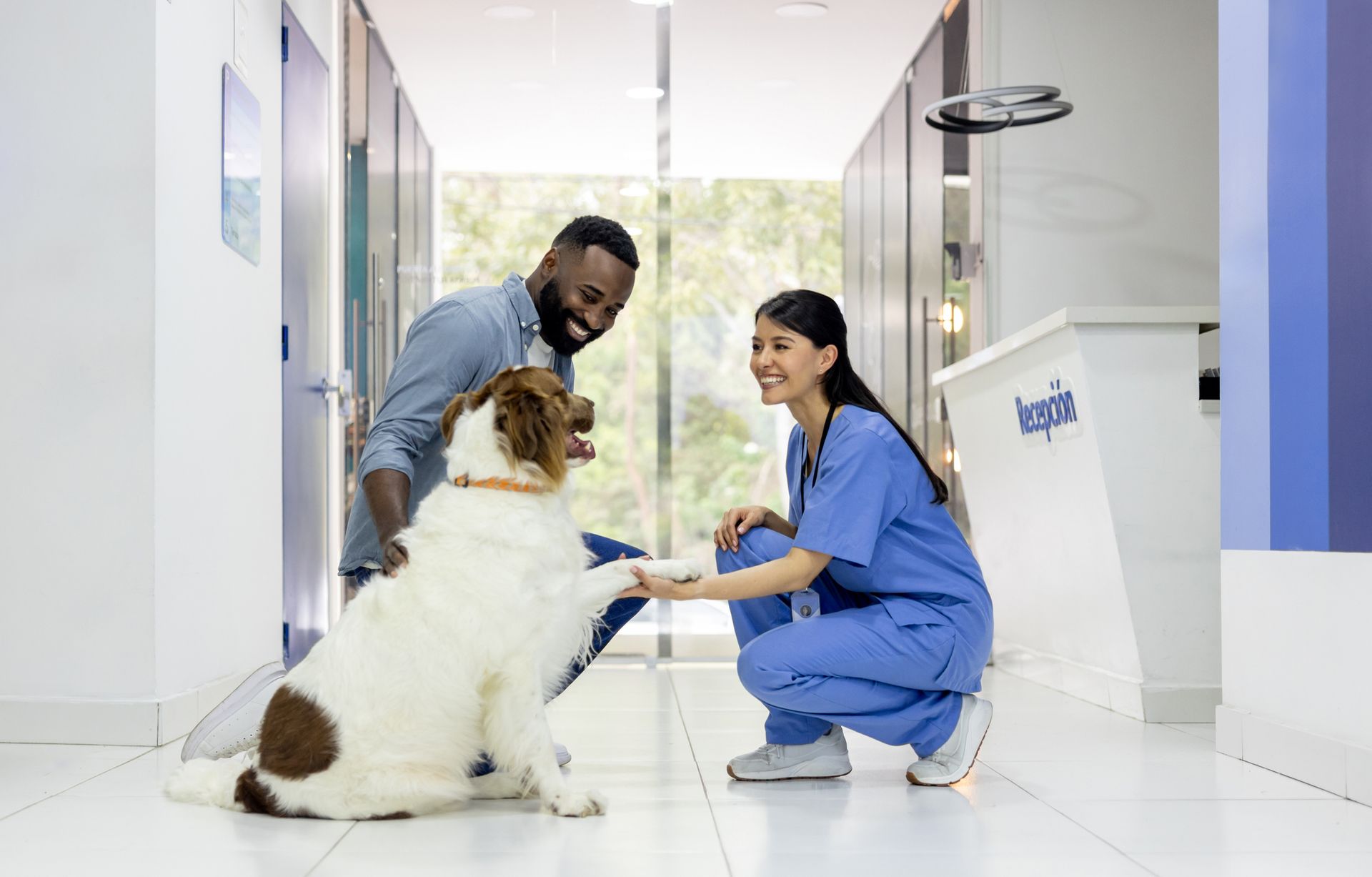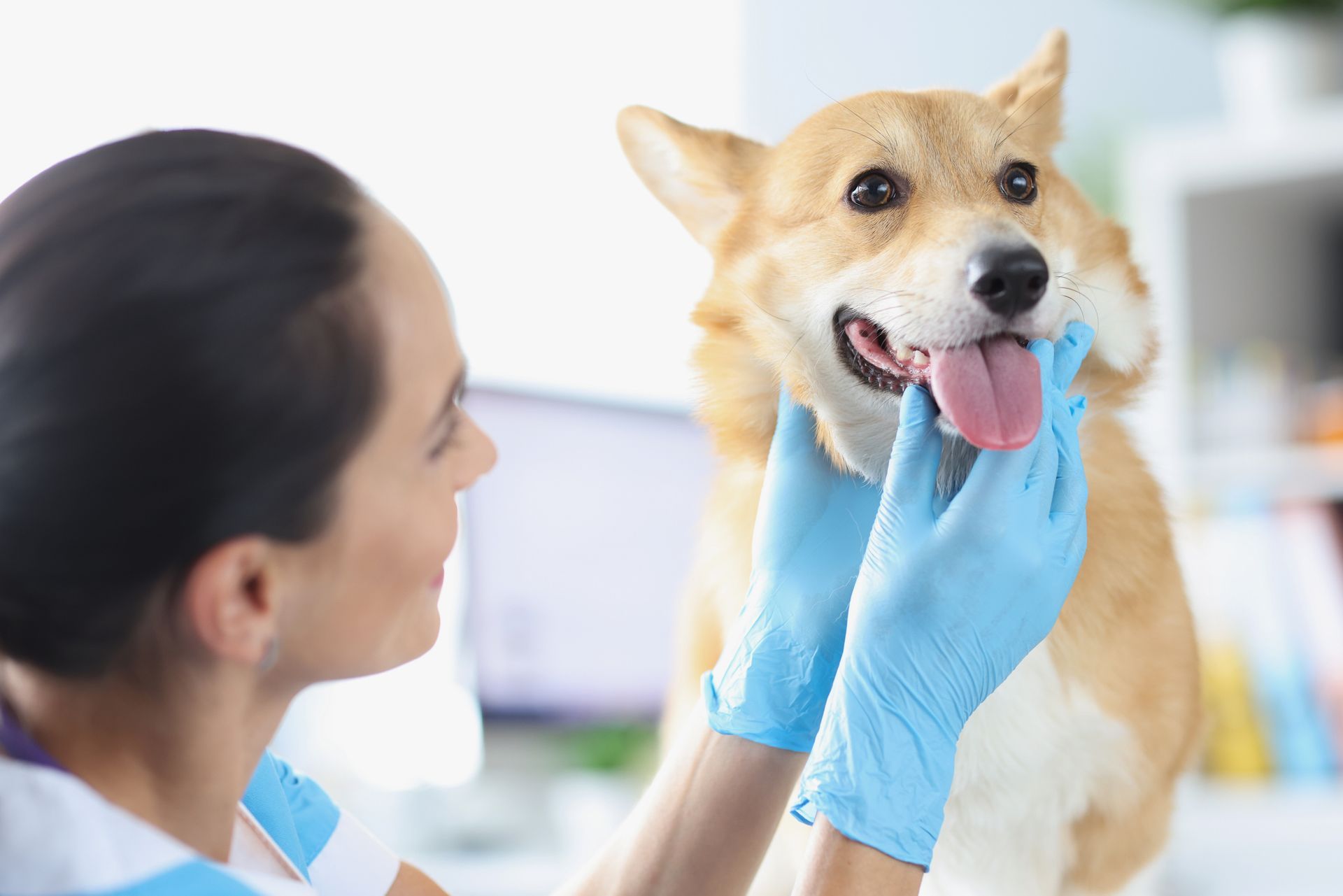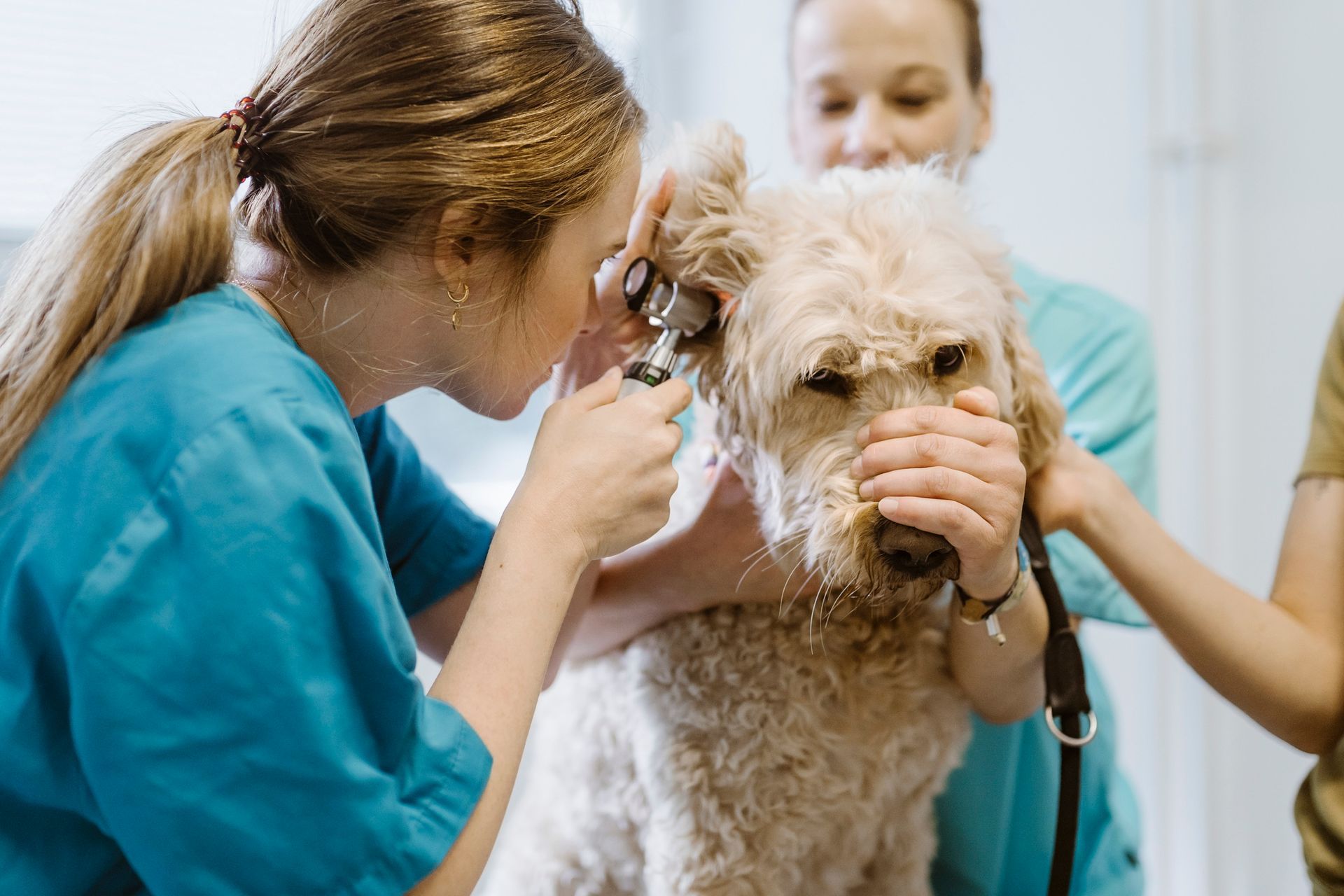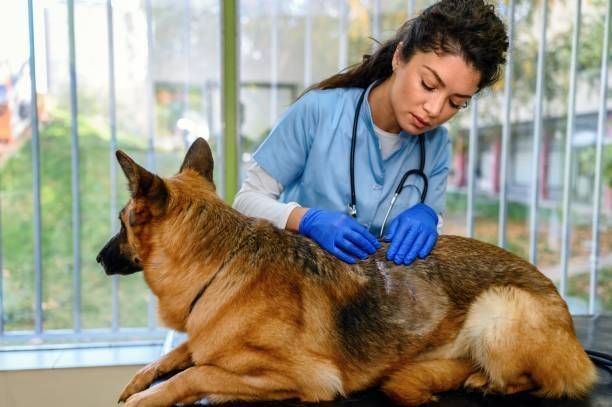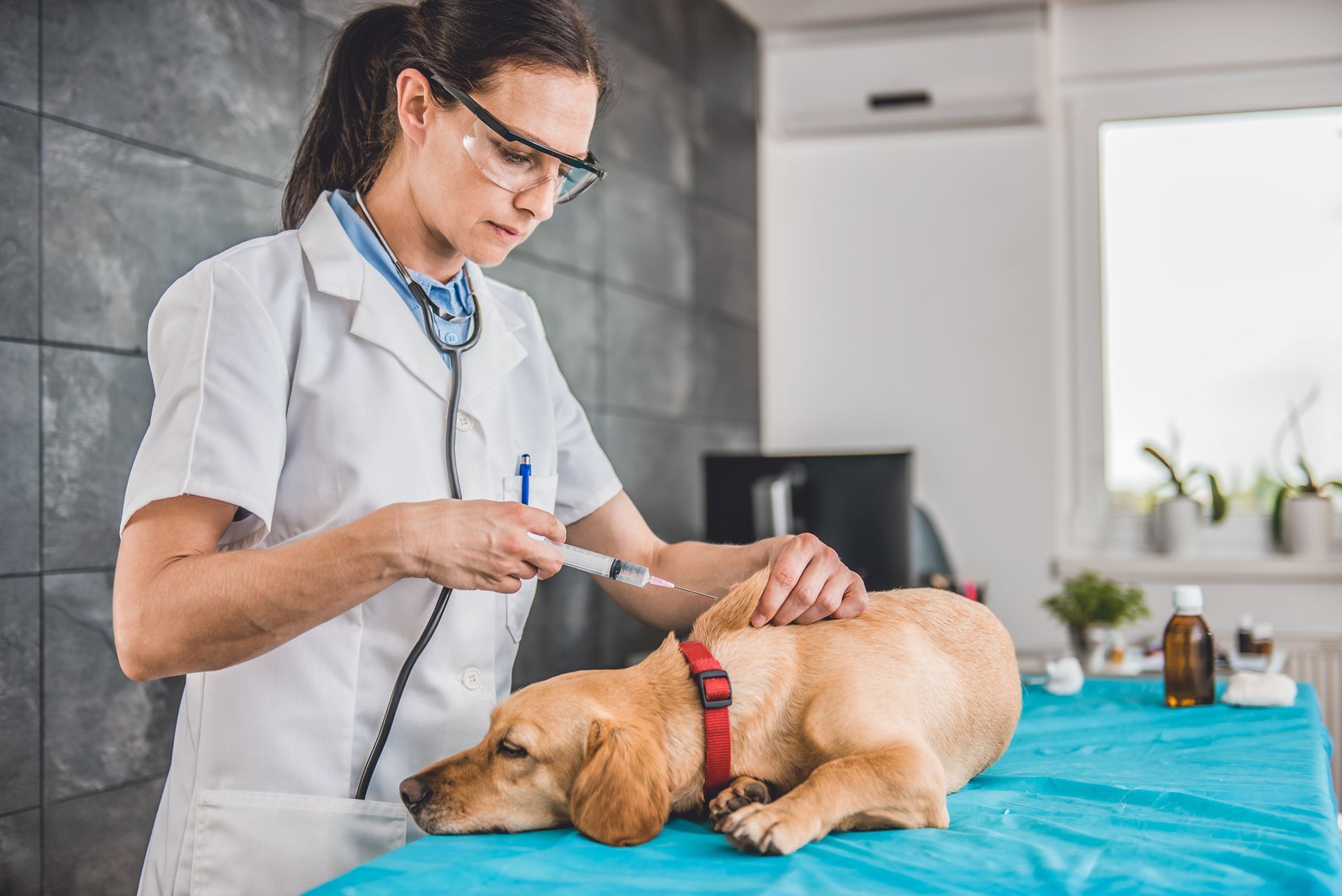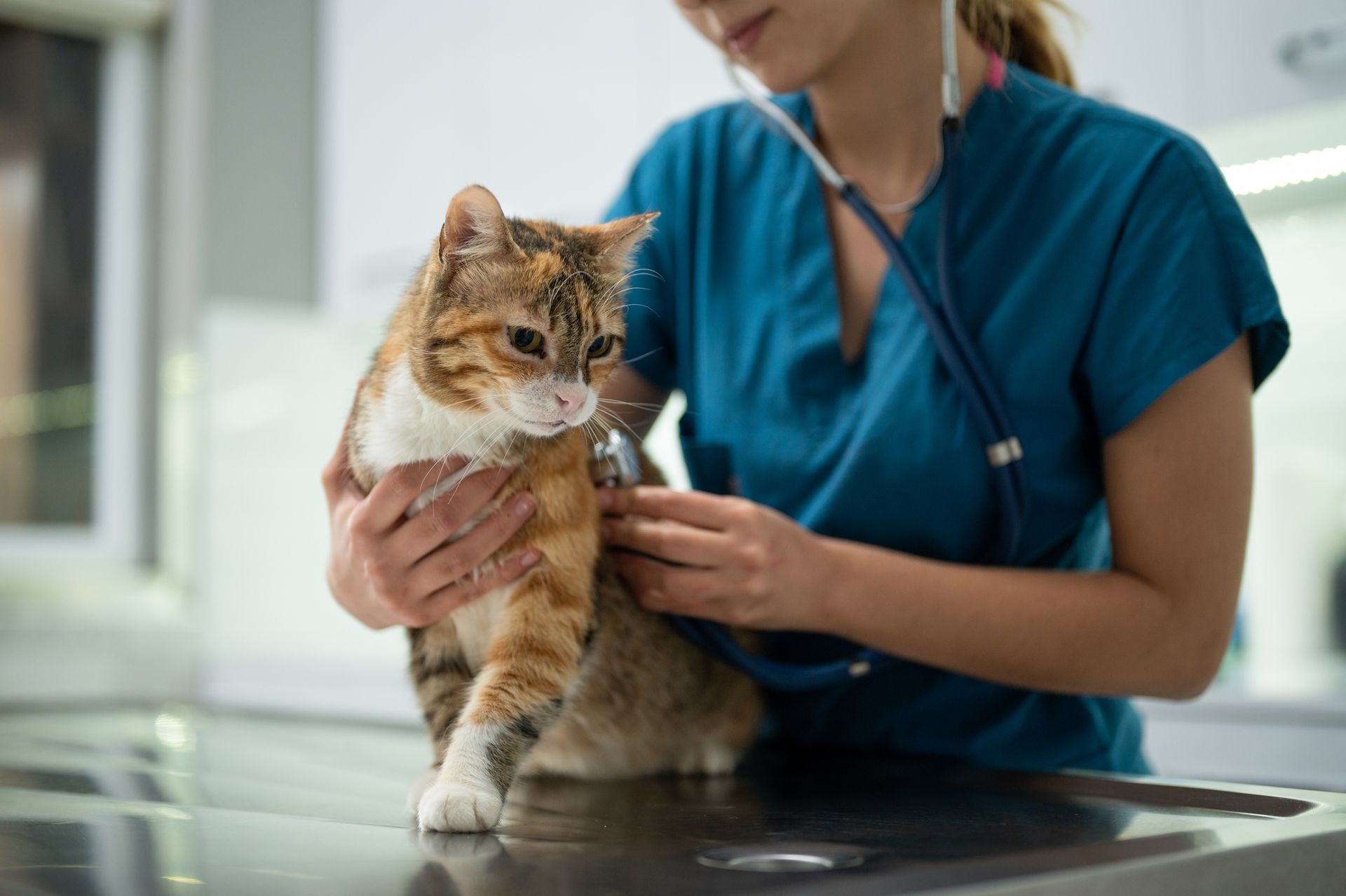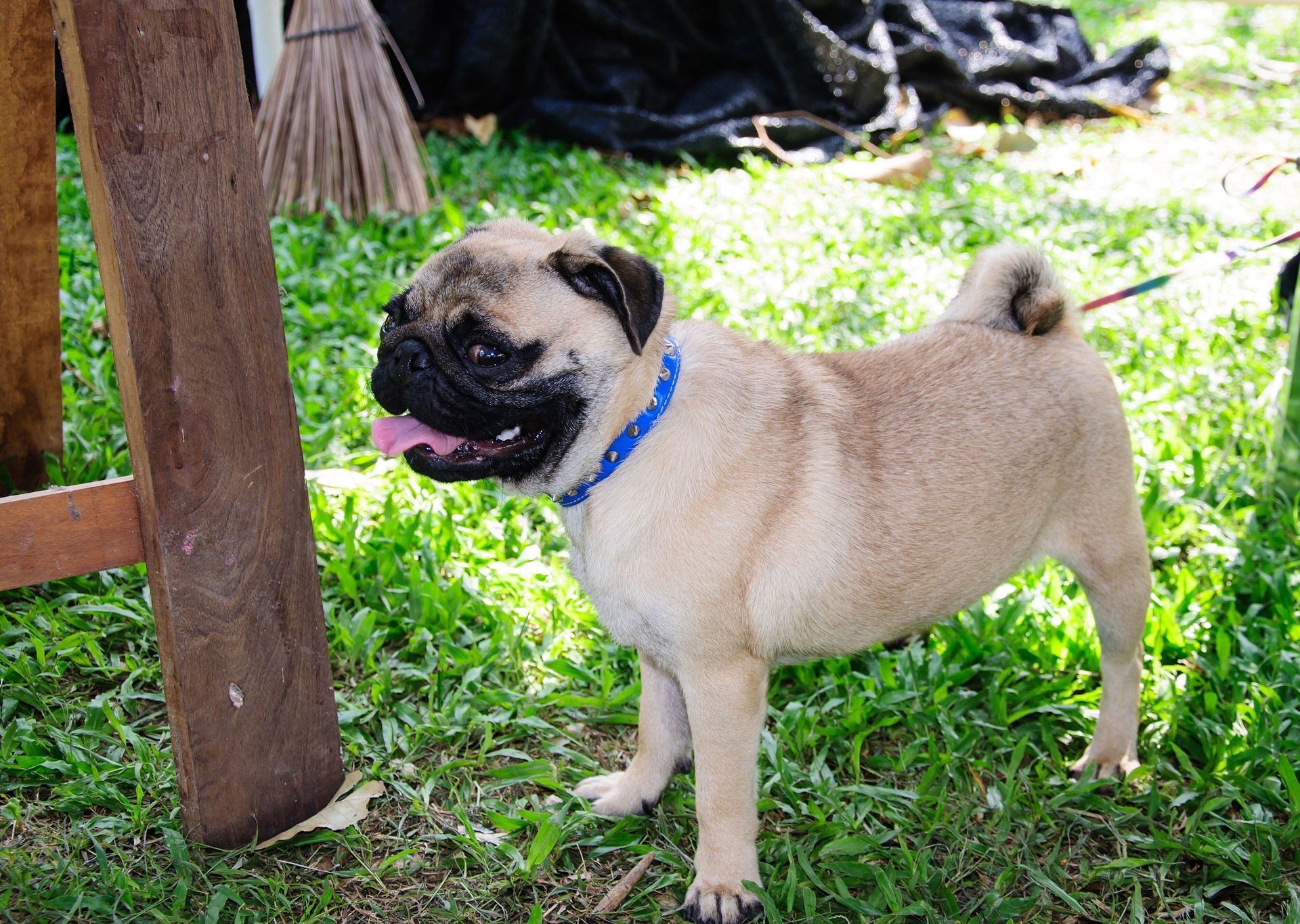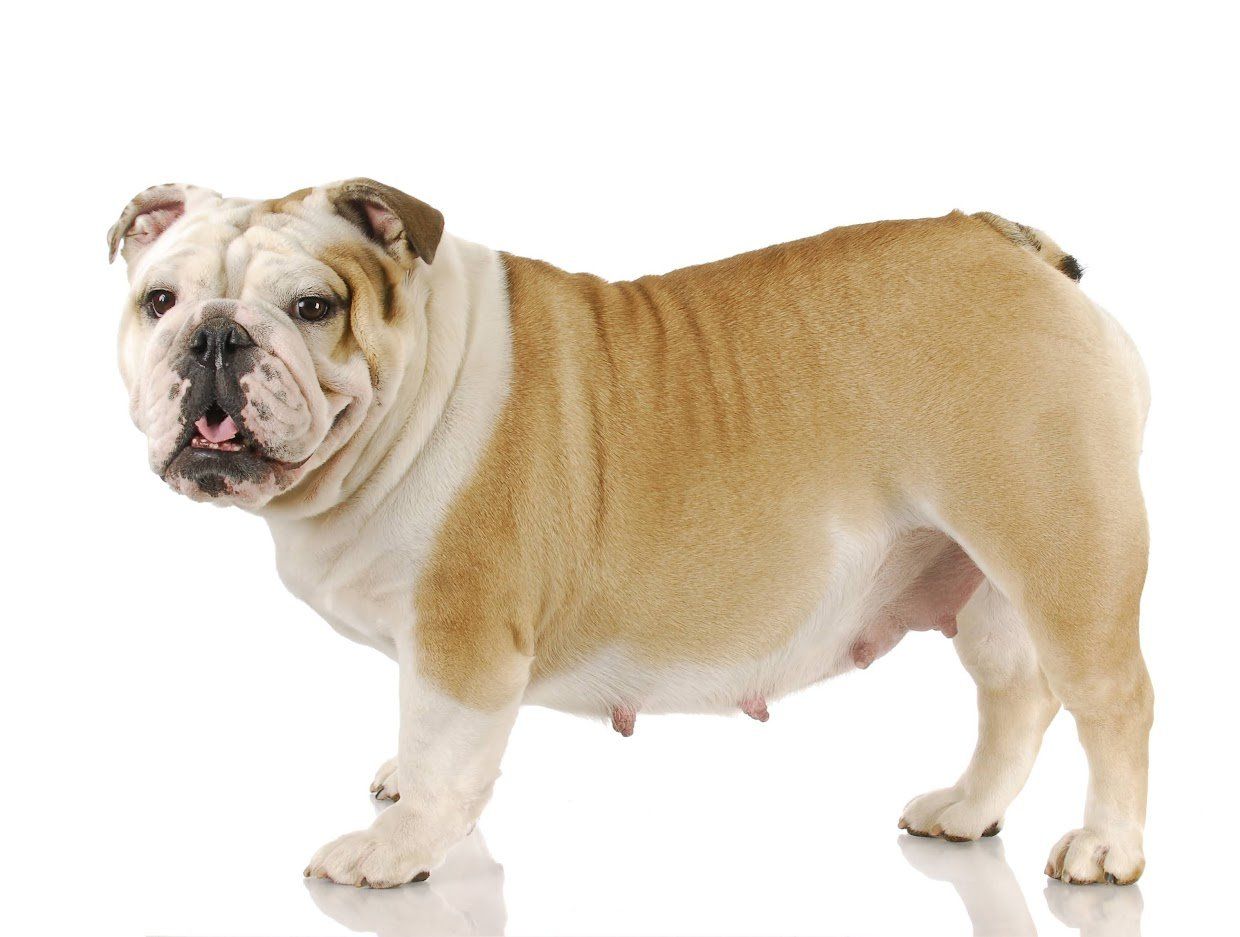Hip Dysplasia: A Guide for Dog Owners

If your dog has trouble standing up or sitting down, you might suspect natural, age-related changes such as osteoarthritis. However, for many dogs, the actual problem lies with an inherited condition known as hip dysplasia. Canine hip dysplasia can cause pain and stiffness in the hip joints at any stage of life.
The more you understand about canine hip dysplasia, the more readily you can notice the telltale symptoms and give your dog the veterinary care they need for this chronic problem. Take a look at some key points about hip dysplasia in dogs.
Hip Dysplasia Causes
A dog's genetics play the primary (although not the only) factor in hip dysplasia development. Faulty genetic instructions can cause the ball and socket of the hip joint to grow at different rates during a puppy's formative growth phase. This unevenness can cause the joint to become loose and unstable.
While puppies as young as five months old may show early signs of hip dysplasia, the condition often becomes more obvious once the dog has reached or passed middle age. By this point, the abnormal formation of the hip joint may cause the joint to deteriorate, reducing the joint's ability to function properly.
Larger breeds of dogs have an increased risk for hip dysplasia. Breeds that commonly suffer from the condition include rottweilers, Saint Bernards, German Shepherds, American Staffordshire terriers, mastiffs, golden retrievers, Great Danes, and bulldogs.
Hip Dysplasia Symptoms
Advanced hip dysplasia can lead to lameness in dogs. Your dog may find it painful or difficult to sit down or to rise from a sitting position. The pain and stiffness caused by this condition may make your dog hesitant to climb stairs, run, play, or even go for walks.
Changes in your dog's stance, gait, and physical appearance can also point toward possible hip dysplasia. Your dog may employ a kind of bunny-hop gait to ease pain and compensate for stiffness. Your dog's shoulder muscles may grow as they take on more of the burden, while the thigh muscles may shrink.
Hip Dysplasia Treatment
A variety of conservative treatment options can help dogs with mild to moderate hip dysplasia. Your veterinarian may prescribe non-steroidal anti-inflammatory drugs (NSAIDs), nutritional supplements, light exercise to keep the joints functioning, and a weight loss program to minimize stress on the hip joints.
Surgery can help dogs at different stages of hip dysplasia. Puppies diagnosed with hip dysplasia may benefit from a minimally-invasive procedure that alters the hip joints' growth plates. A double or triple pelvic osteotomy (DPO/TPO) can rotate pelvic bone segments to help the ball of the joint remain in its socket.
More advanced hip dysplasia might call for the removal of the ball of the affected hip joint. After removing the ball of the joint, the veterinarian can either install a metal replacement or simply let scar tissue grow over the joint. The latter option may leave your pet with an abnormal gait, but it also eliminates the pain.
Hip Dysplasia Prevention
Even though you can't change your dog's genetic risk factors for hip dysplasia, you can still minimize other risk factors that promote or aggravate the condition. Make sure that your dog receives a balanced diet as a puppy and as they grow. Good nutrition will give growing bones and joints every chance for healthy development.
A healthy diet also involves an appropriate calorie intake for your dog's breed, age, and activity level. If you let your dog become obese, that extra weight may place unwanted strain on joints, including hip joints affected by dysplasia. This strain can cause the hip joints to deteriorate more rapidly and severely.
If you have concerns about your pet's hip joints or other musculoskeletal features, contact Baywood Animal Hospital. Our veterinary center can diagnose dysplasia, monitor the condition's progress, and prescribe any necessary treatment or preventative care.

